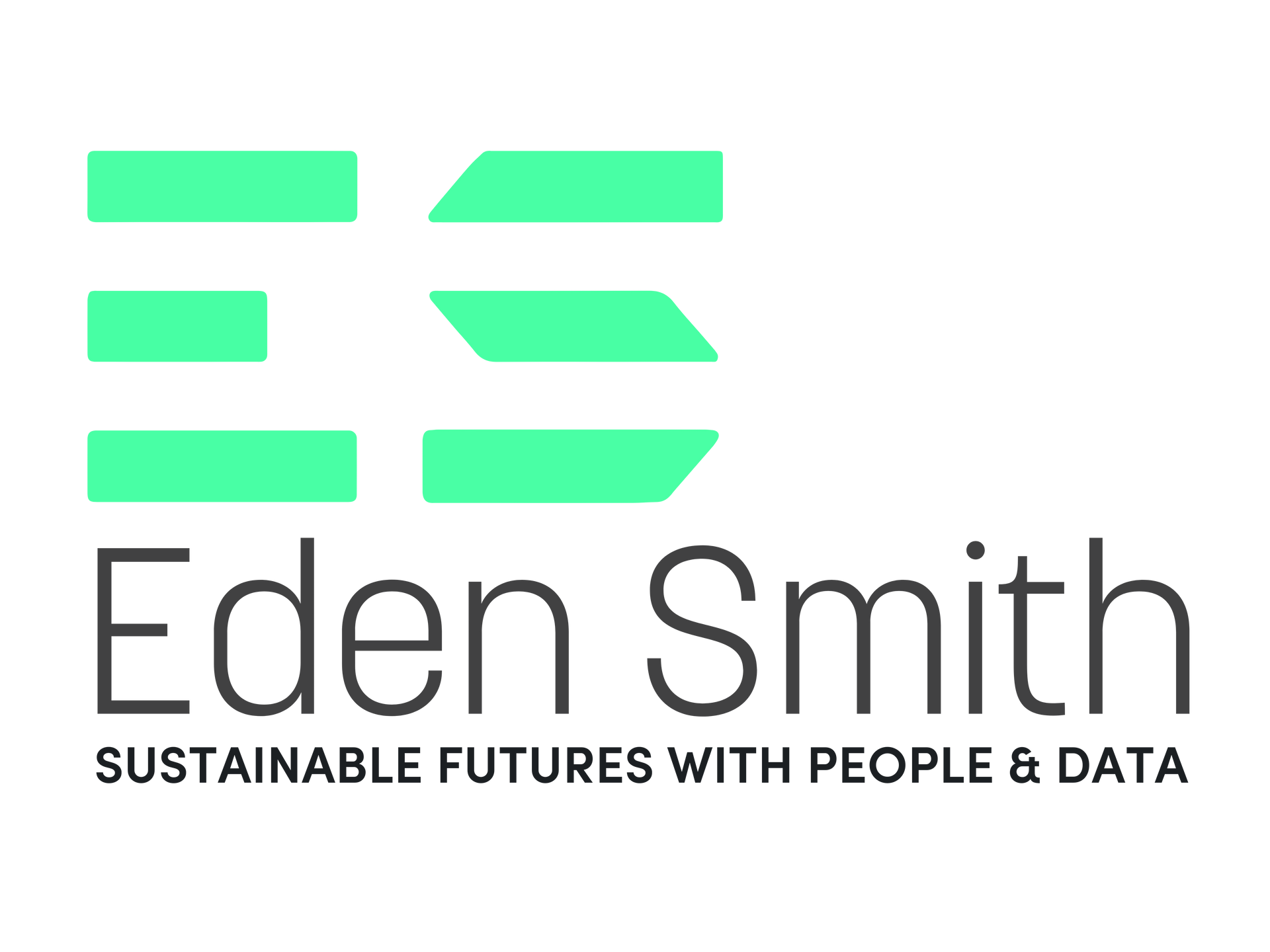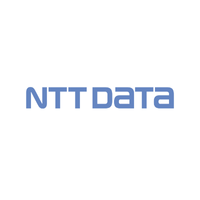Dinner meets Data
From Devilled Eggs to Data: What a 7-Course Meal Taught Me About Global Cuisine
Over the weekend, I hosted two Eden Smith Directors and their wives for a dinner party. It was a night of great company, conversation - and seven courses of food inspired by French classics.
Behind every carefully plated dish is a story - not just of flavour, but of history, culture, and, yes, even data.... so here are my reflections, with a data twist.
The Menu:
Canapés:
- Paprika-Dusted Devilled Eggs
- Mini Smashed Pea & Mint Tortillas
- Tomato & Onion Bruschetta with Sweet Balsamic Glaze
Amuse Bouche:
- Mushroom Soup with Crispy Pancetta & Balsamic Mushrooms
Starter:
- Petit Tartiflette with Cornichon Salad
Salad:
- Warm Beetroot, Sweet Potato & Apple Salad with Roquefort Mousse
Main:
- Sous Vide Fillet Steak with Mustard-Infused Mash, Honey-Roasted Carrot, Caramelised Shallots & Edamame
- Finished with Bone Broth & Red Wine Jus
Dessert:
- Raspberry & White Chocolate Semifreddo with Raspberry Coulis
Palate Cleanser:
- Lime-Infused Mango with Raspberry Sorbet & Mint

At first glance, this is the stuff of my culinary dreams. But zoom out just slightly, and you realise: this menu is also a mirror. It reflects a centuries-long evolution of how we eat, why we eat the way we do, and how food is an ever-evolving cultural code.
Naturally, I did a little research (and yes, pulled some data)… Let’s tuck in!
The Psychology of Courses: Why We Love to Sequence
Why do we enjoy meals served in courses? The answer goes deeper than "it's fancy."
The concept of multi-course dining dates back to Ancient Rome, where feasts began with a gustatio (appetiser), moved through mains, and ended with secundae mensae (dessert). But it was the 18th-century French who codified the structure into what we now know as the "tasting menu" or table d’hôte - a fixed, chef-curated journey of flavours.
Each course serves a purpose: to awaken, surprise, satisfy, cleanse, and close. It’s not just a meal - it’s a data-informed experience designed to guide the diner’s palate through peaks and valleys of taste, texture, and temperature.
Tiny Bites, Big Data: The Canapé and Amuse-Bouche
Even the smallest dishes carry history.
- Canapé comes from the French word for “sofa,” describing how a topping sits atop a base - like a person on a couch.
- Amuse-bouche, or “mouth amuser,” emerged in the 20th century as a way for chefs to show off a flash of creativity before the main show.
In both cases, you’re looking at
micro-expressions of culinary identity. Think of them as the “elevator pitch” of a chef’s worldview - one bite, one idea, one statement.
Global Palates: What the Data Says
One of my guests requested a South East Asian-themed menu next time. So, I compared popular dishes across Western and Eastern cuisines to explore flavour preferences and cultural differences.
The results are probably not very surprising … and probably hasn’t changed since the 80’s!
Western Cuisine
- Starters 🍅 Soup of the Day (35%) 🥖 Pâté with Toast (30%) 🥗 Smoked Salmon Salad (25%)
- Mains🐟 Fish & Chips (45%) 🍗 Roast Chicken (40%) 🥩 Beef Wellington (30%)
- Desserts🍮 Sticky Toffee Pudding (50%) 🍰 Cheesecake (40%) 🍫 Chocolate Brownie (35%)
Eastern Cuisine
- Starters 🥟 Spring Rolls (40%) 🥟 Dumplings (35%) 🥙 Samosas (30%)
- Mains 🍣 Sushi/Sashimi (50%) 🧺 Dim Sum (45%) 🍛 Butter Chicken (40%)
- Desserts 🍡 Mochi (45%) 🍯 Gulab Jamun (40%) 🥭 Mango Sticky Rice (35%)
This isn’t just about taste - it’s about climate, culture, and consumption habits. Western dishes lean towards cream, meat, and dairy. Eastern menus favour rice, spices, fermentation, and balance between hot and cold, soft and crunchy.

What’s next on the menu?
Menus evolve. But they’re also a canvas for cultural storytelling - and the data underneath tells us who we are, where we’ve been, and what we value.
The next dinner party menu will have a South East Asian twist. Think lemongrass instead of shallots, tamarind instead of balsamic, pandan leaf instead of vanilla.
Final Bite
Whether you’re a data scientist, home cook, or curious diner, food is one of the richest datasets around
So next time you’re plating up dinner, ask yourself:
- What story is this dish telling?
- What journey is it taking you on?
- And what kind of data - cultural, emotional, nutritional - is being served?
Because a great meal doesn’t just feed the stomach. It feeds the mind.
Until then, keep eating curiously and thinking analytically.











